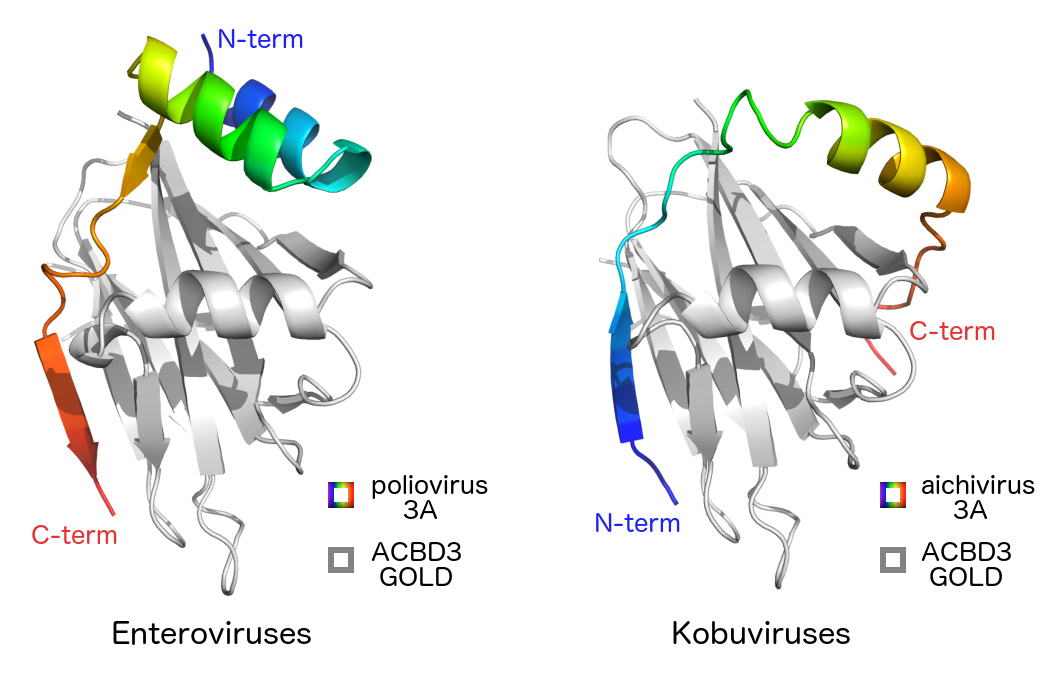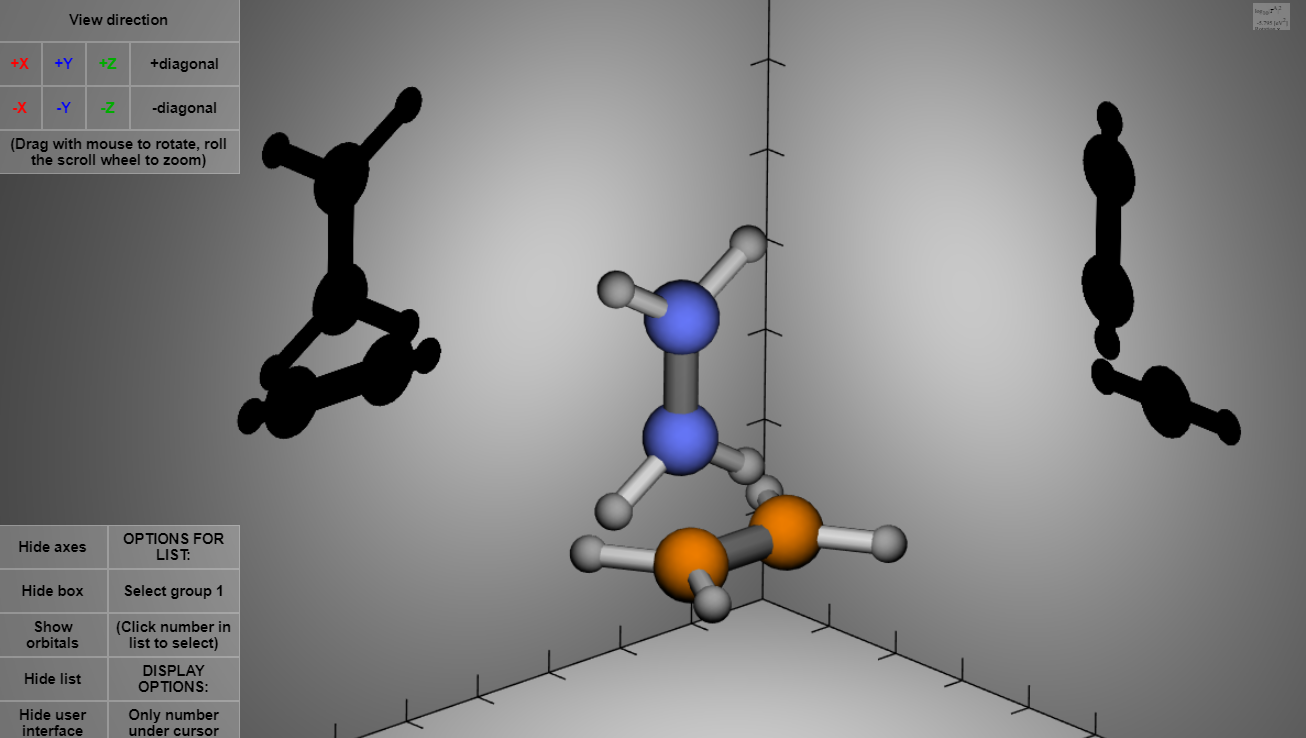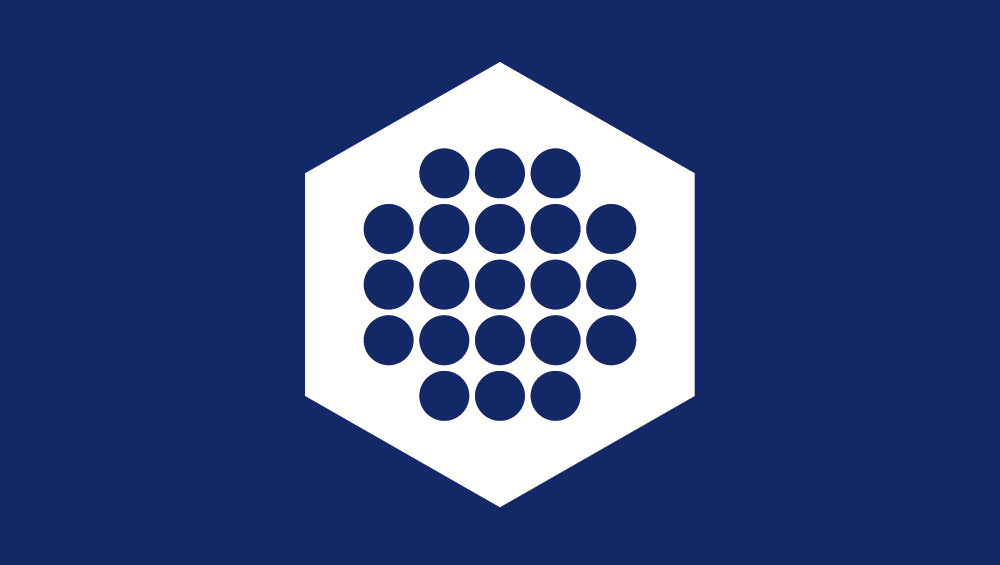Publications
All publications
Background and Purpose: Extracellular vesicles (EVs) are constitutively shed from cells and released by various stimuli. Their protein and RNA cargo are modified by the stimulus, and in disease conditions can carry pathological cargo involved in disease progression. Neutral sphingomyelinase 2 (nSMase2) is a major regulator in at least one of several independent routes of EV biogenesis, and its inhibition is a promising new therapeutic approach for neurological disorders. Unfortunately, known inhibitors exhibit μM potency, poor physicochemical properties, and/or limited brain penetration. Here, we sought to identify a drug‐like inhibitor of nSMase2.
Experimental Approach: We conducted a human nSMase2 high throughput screen (>365,000 compounds). Selected hits were optimized focusing on potency, selectivity, metabolic stability, pharmacokinetics, and ability to inhibit EV release in vitro and in vivo
Key Results: We identified phenyl(R)‐(1‐(3‐(3,4‐dimethoxyphenyl)‐2,6‐dimethylimidazo[1,2‐b]pyridazin‐8‐yl)pyrrolidin‐3‐yl)‐carbamate (PDDC), a potent (pIC50 = 6.57) and selective non‐competitive inhibitor of nSMase2. PDDC was metabolically stable, with excellent oral bioavailability (%F = 88) and brain penetration (AUCbrain/AUCplasma = 0.60). PDDC dose‐dependently (pEC50 = 5.5) inhibited release of astrocyte‐derived extracellular vesicles (ADEV). In an in vivo inflammatory brain injury model, PDDC robustly inhibited ADEV release and the associated peripheral immunological response. A closely related inactive PDDC analogue was ineffective.
Conclusion and Implications: PDDC is a structurally novel, potent, orally available, and brain penetrant inhibitor of nSMase2. PDDC inhibited release of ADEVs in tissue culture and in vivo. PDDC is actively being tested in animal models of neurological disease and, along with closely related analogues, is being considered for clinical translation.






